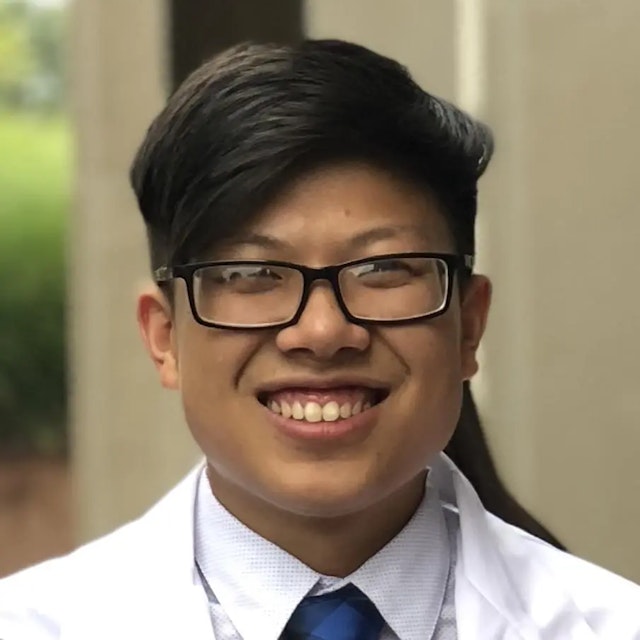The world of pharmacy is constantly evolving and changing. The role of the pharmacist is changing as well, becoming a sought-after healthcare professional in a variety of settings, not just limited to traditional areas such as retail and hospital but now expanding to remote pharmacist jobs. Pharmacists are medication experts, patient advocates, and the bridge between many healthcare providers. Students who love science and healthcare should consider pursuing a career as a pharmacist.
While no handbook or manual lists the specific steps to becoming a pharmacist, numerous resources can guide us to earning the title. The Doctor of Pharmacy degree—as the name suggests—is a doctorate degree requiring additional years of study beyond an associate’s or bachelor’s degree.
I'll cover the core steps to becoming a pharmacist in this article.
Step 1: Complete your prerequisite classes and earn a bachelor's degree
If you’ve always been a student with a knack for science in high school, perhaps a degree in biochemistry, biology, chemistry, pharmaceutical science, or health science would be appropriate for you. A strong foundation in science could give you an advantage when it comes time to apply to pharmacy schools. Don’t let an average science background discourage you from majoring in another subject. Most pharmacy programs have no specific major requirement as long as you have completed their required prerequisite courses.
Many colleges also offer a pre-pharmacy program. Each college's pre-pharmacy major differs and usually caters to its own pharmacy programs. Courses include the science prerequisites and a layout for what elective courses should be taken. The curriculum focuses on classes to help students transition seamlessly into a pharmacy program.
Choose Wisely
The choices are endless, so take time to explore these options. Remember to research the pharmacy school requirements, as these differ between schools. Most schools require biology, chemistry, physics, math (algebra/calculus), statistics, and English and/or a writing course. The PharmCAS site is an all-encompassing resource with this type of information; I'd like to discuss its use below.
Some pharmacy schools offer an early entrance program for high school students, combining undergraduate and PharmD degrees. This could be an excellent choice for students graduating high school who are confident in their desire to pursue the path of a pharmacist. Following this path could eliminate some steps in becoming a pharmacist, but it could also pose roadblocks.
The PharmD Application process
I'll discuss the application process. One roadblock is that a six-year direct admission pharmacy program limits the student to commit to that specific school for the duration of the curriculum. Ohio Northern University offers such a program; more information is available on its site.
Additionally, some pharmacy programs admit prospective students after two years of prerequisite courses from an accredited college. You will still have to apply to the programs like the four-year undergraduate student.
Strive to do well in your courses during this step of the process. Many pharmacy programs are very competitive. Most schools like to see a higher GPA and participation in extracurricular activities.
Try to join a healthcare-related organization (e.g., pharmacy club, Doctors Without Borders) or some clubs you may find interesting (e.g., student government, university activities board, model UN).
